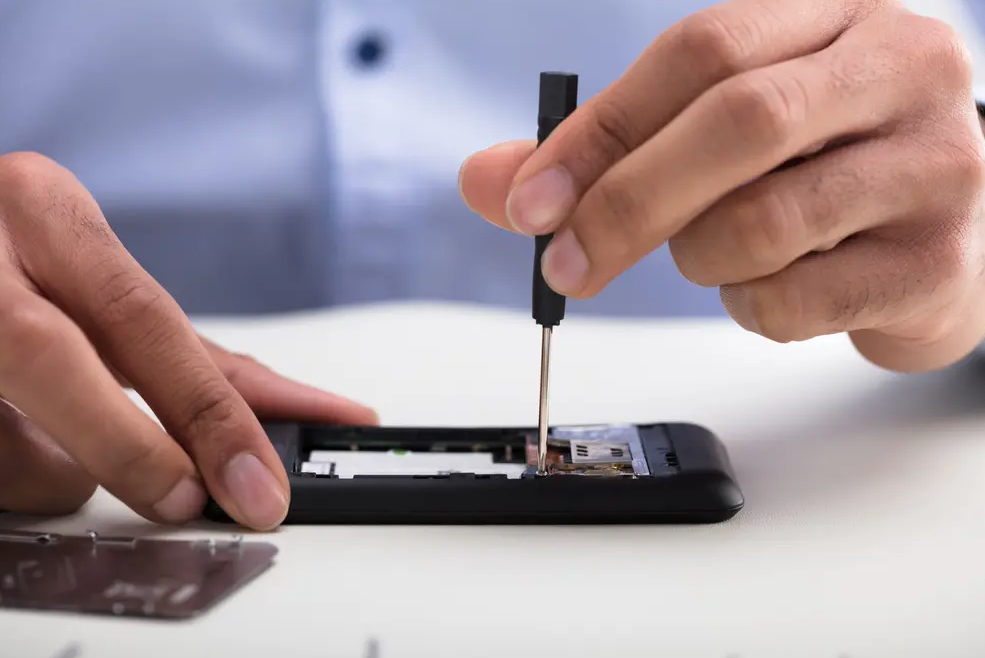Biden’s strategy to boost American industry also includes batteries recycling
(sustainabilityenvironment.com) – Almost two hundred million euros for the batteries recycling from consumer electronics. The US Administration, through the Department of Energy (DEO), put them on the plate. The funding is linked to the nearly $3 billion announced in 2021 in connection with the federal law on infrastructure support.
The increase in recycling in the battery sector is seen as an important key to the technological transition that will live, for example, mobility. Demand for electric vehicles and energy storage will increase the lithium battery market by up to 10 times by 2030, according to DOE estimates. Therefore it becomes essential to invest in the circular economy, with a view to supporting a national supply chain “safe, resilient and circular for critical raw materials”.
Read also Recycling lithium batteries efficiently and economically is now possible
The areas covered by this new round of funding, amounting to 192 million, are different. For example, the development and implementation of education and awareness-raising campaigns to increase consumer participation in batteries recycling programmes. Initiatives to improve the economy of recycling of accumulators contained in consumer electronics will also be allowed. Furthermore, the program funds projects to support states and local governments in the creation or improvement of battery collection, recycling and reconditioning programs. There are also funds to help retailers implement battery collection, sorting, storage and transportation programs. Finally, $60 million will go to initiatives bringing together electric vehicle manufacturers, universities, laboratories, mineral suppliers and other battery components to advance research and development.
In April, more than 3.6 million electric cars were sold in the US, the DEO says. Since Joe Biden took office, more than half of the country’s electric vehicles have been on the road. Battery costs have fallen by more than 90% since 2008 and energy density and performance have increased.

